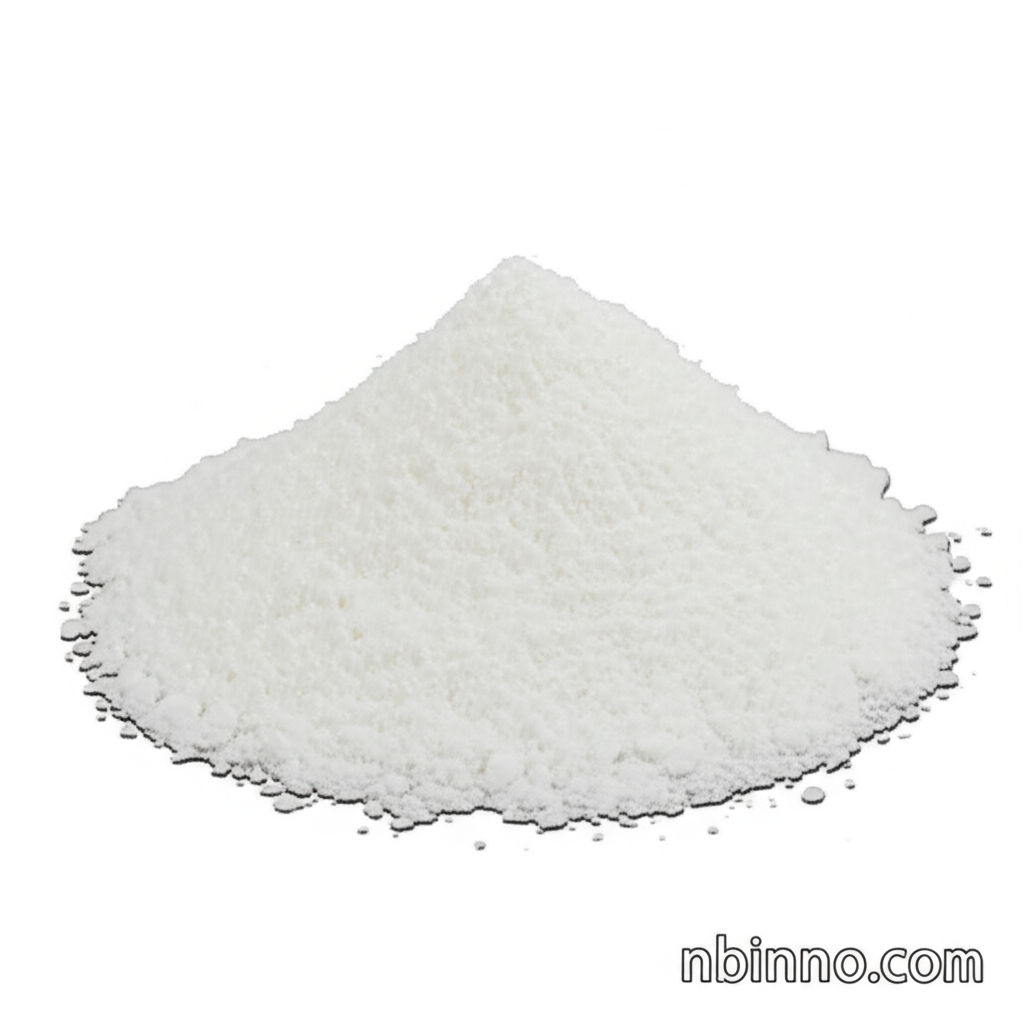Dicyclohexyl-3,4,3',4'-tetracarboxylic Dianhydride: A Versatile Intermediate for Advanced Materials and Pharmaceutical Synthesis
Discover the potential of HBPDA for high-performance polymers and critical organic syntheses.
Get a Quote & SampleProduct Core Value

Dicyclohexyl-3,4,3',4'-tetracarboxylic dianhydride
Dicyclohexyl-3,4,3',4'-tetracarboxylic dianhydride (CAS 122640-83-9) is a crucial alicyclic dianhydride building block renowned for its utility in advanced organic synthesis and polymer development. Its unique bicyclohexyl core contributes to the creation of materials with exceptional properties, making it invaluable across various industrial sectors.
- Explore its role as a key HBPDA pharmaceutical intermediate in the synthesis of complex organic molecules.
- Leverage this alicyclic dianhydride building block for creating high-performance polymers with desirable characteristics.
- Investigate its application in palladium-catalyzed allyl substitution reactions through its reactivity with nitriles.
- Understand how it aids in the development of transparent polyimides suitable for advanced applications like photovoltaics shielding layers and optoelectronics.
Key Advantages
Exceptional Purity and Properties
With a guaranteed purity of ≥98.00% and a distinct melting point of 208°C, this compound offers reliable performance for demanding organic synthesis applications.
Versatile Reactivity
Its ability to react with nitriles to form oxazolines opens doors for various palladium-catalyzed allyl substitution reactions, enhancing its utility in complex chemical pathways.
Advanced Material Development
The compound is instrumental in the synthesis of transparent, solution-processable, and notably biodegradable polyimides, pushing the boundaries of material science for sustainable technologies.
Key Applications
Pharmaceutical Intermediates
Serves as a critical component in the synthesis pathways for various pharmaceutical compounds, contributing to the development of new therapeutic agents.
Organic Synthesis
A versatile reagent in organic chemistry, enabling complex reactions and the creation of novel molecular structures used in research and industry.
Polymer Science
Essential for developing advanced polymers, including transparent and biodegradable polyimides, with applications in electronics, optics, and sustainable materials.
Electronics and Optoelectronics
Its derivatives are utilized in applications such as shielding layers in photovoltaics and other optoelectronic devices, leveraging their unique optical properties.
